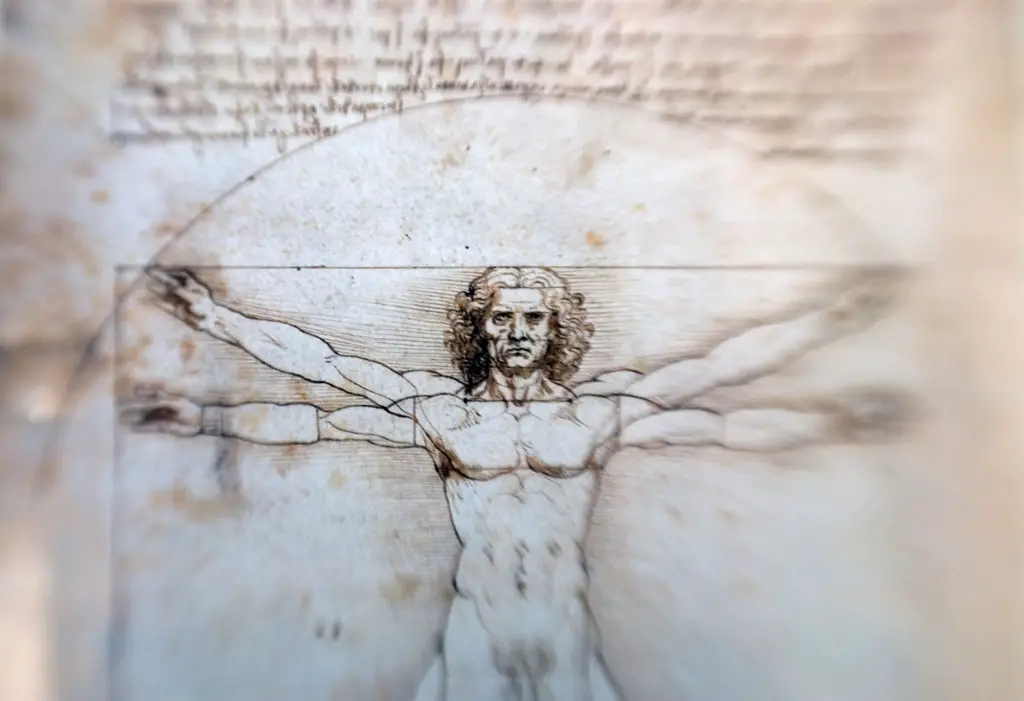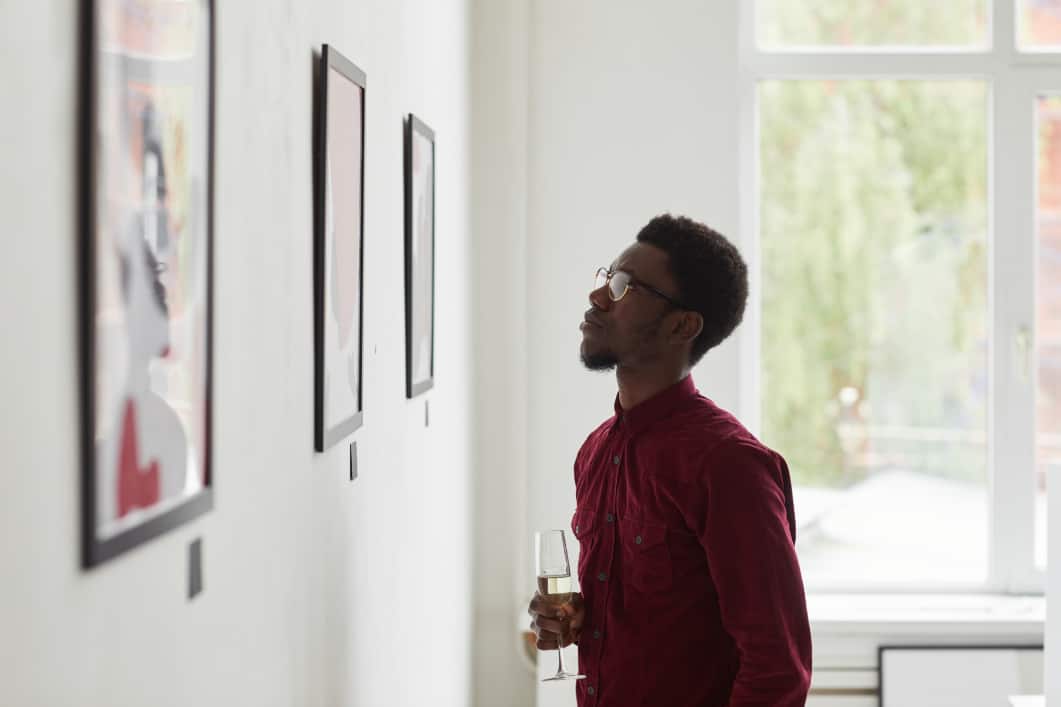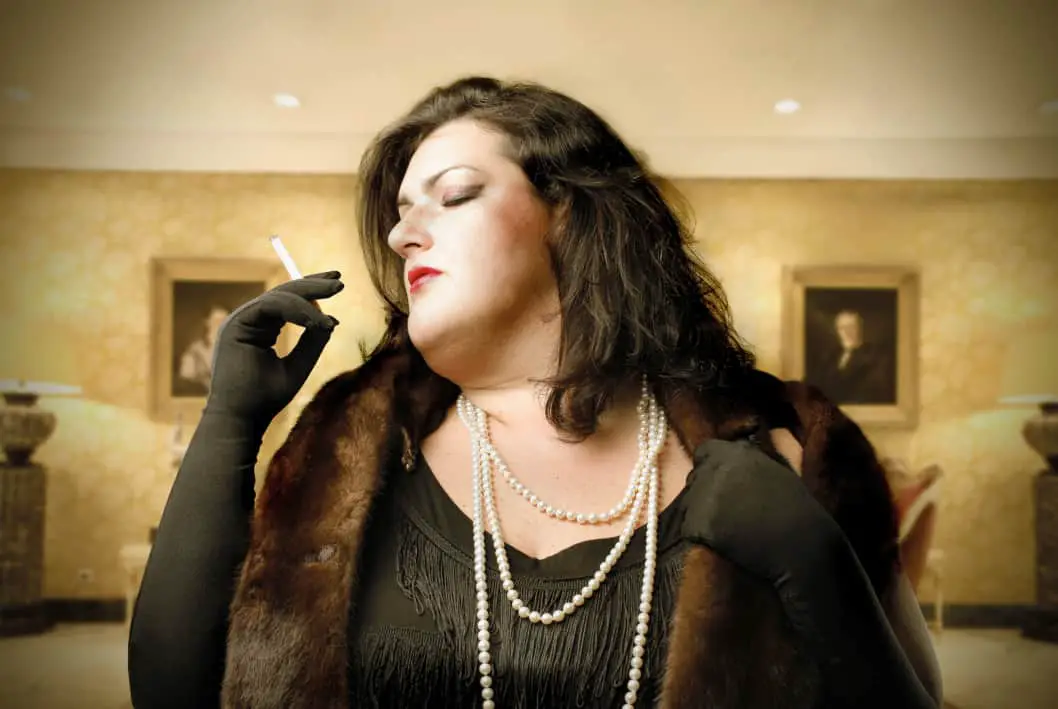Have you ever visually explored one of Jackson Pollock’s abstract expressionist wonders or stood in front of Sandro Botticelli’s The Birth of Venus or Primavera? Did you know these exceptional works of art wouldn’t have been possible without the help of art patrons?
An art patron is an individual of wealth and influence who financially supports an artist through direct commission, sponsorship, or referrals. The practice flourished during the Renaissance period and continues today. However, the role has changed over time, especially with the rise of digital art.
This article details art patronage’s historical origins. We’ll describe the most influential art patrons in history, which artists they supported, and how relevant art patronage is to the modern digital artist.

What Does it Mean to Be a Patron of An Artist?
Artists are exceptionally creative and innovative people who can see the world in unique ways. But, a typical issue artists of all stages face is having a regular source of income that allows them to dedicate their time to their craft. This is where art patrons come in.
An art patron typically refers to anyone who financially supports artists, often through a commission or purchase. This can be done out of pure altruism, a love of art, or as part of a larger mission or cause. Patronage may also involve giving artists access to resources or opportunities they wouldn’t obtain on their own.
Having an art patron is one way many artists achieve financial stability, especially young artists in their earliest years of pursuing this career and therefore have limited funds to purchase tools and materials for their artwork. These artists also lack the invaluable reputation resource that could support their work by drawing interest and willing buyers.
While the vast majority of art patrons demonstrated their support and enthusiasm for an artist’s work by sharing their wealth, some of the most well-known patrons did this more through influence.
They would either recommend the artists to someone looking to commission a piece, purchase artwork for a private collection or put it on display during a special event dedicated to art. Influence can sometimes be just as beneficial to an artist as wealth. You’ll find that art patrons can actually be found at various wealth and social statuses.
What Was the Historical Role of Art Patronage?
The exact date or region where art patronage originated is unknown. Still, evidence of this practice dates as far as 2144-2124 BC in Mesopotamia, where ruler Gudea seemed to commission an artist to create several temple statues.
This implies that art patronage has potentially been around as long as humans could create art and someone had the means to pay for it. That being said, it wasn’t until the Middle Ages and the following Renaissance periods that art patronage became much more common.
In these times, art patrons were almost solely church figures, kings/queens, and the wealthiest members of the aristocracy and upper class. These wealthy patrons would support an artist by essentially hiring them for years, decades, or potentially, their entire lives.
During this time, they would typically receive a stipend to ensure financial stability. The patron would cover the cost of all supplies and living expenses in exchange for the artist to complete any works they requested. This could be statues, fresco paintings, portraits, etc. Some art patrons even allowed the artists to live on their estates while being commissioned.
The Italian Renaissance differed slightly from other regions when it came to art patronage. Arguably where the practice flourished most, instead of supporting artists for extended periods, most Italian art patrons supported artists on a commission-by-commission basis. However, many adopted the alternative tactic of covering all financial and living needs of the artist.
Art was seen as a status symbol that denoted wealth and power in these times. The more art was seen in your estate, the wealthier and more influential you appeared. As a result, members of high society used an exceptional portion of their wealth to support the arts however they could, and thus, art patronage was born.
Over time, art patrons started supporting guilds and artist groups more to support entire artistic movements rather than dedicating their resources to one artist.
Who Was a Big Patron of the Arts?
Some of the most renowned artists in history, such as Leonardo da Vinci, can accredit the funding of their careers to generous and wealthy patrons of various social statuses.
Since art patronage stretches across several centuries, continuing into the present day, there are many lists of patrons of the arts and their contributions. Many of the most skilled and creative artists created work with the help of these sponsors.
Of all the art patrons in history, some of the most significant and influential include:
- The Medici Family
- Paul Durand-Ruel
- Peggy Guggenheim
- Charles Saatchi
Each of these well-known supporters was responsible for supporting exceptional artists and artistic styles during different chapters of history. Here’s a brief description of who each of these patrons was/are and the artists they support(ed).
The Medici Family
The most historically recognized patron of the arts was the Medici family, who obtained their wealth through banking and commerce in Florence in the 13th century. Of all the Medici descendants, Lorenzo de’ Medici (1449-1492), also known as Lorenzo the Great, was the most influential patron of the family. He supported Leonardo da Vinci and other exceptional Italian artists, including Sandro Botticelli and Michelangelo Buonarroti.
Paul Durand-Ruel
Any Impressionist artist or admirer should thank Paul Durand-Ruel, who almost single-handedly funded the Impressionist movement, bringing it to light for the art community.
Paul Durand-Ruel (1831-1922) was a renowned art dealer from Paris, France, accredited with discovering a young group of artists modern-day people would recognize as the Impressionists. Three of the most celebrated members of this group include Pierre-Auguste Renoir, Camille Pissarro, and Claude Monet. Durand-Ruel supported the Impressionists vigorously and purchased thousands of their works during his life.
Marguerite “Peggy” Guggenheim
If you’ve ever been to New York City, you might have heard or even visited the Solomon R. Guggenheim art museum. This museum is named after an esteemed businessman and art collector of the same name. But while Solomon had a passion for art, we’re actually here to talk about his niece, Peggy Guggenheim (1898-1979).
Peggy Guggenheim was such a devoted art collector and patron that she too has her own museum, the Peggy Guggenheim Collection in Venice, Italy, dedicated solely to chronicling Peggy’s eccentric life and her art collection. Peggy supported struggling and controversial artists, particularly women, who created shocking works throughout her life. Some of these artists you might know include Mark Rothko and Jackson Pollock.
Charles Saatchi
One art patron whose influence you can see today is Iraqi-British businessman Charles Saatchi (1943-present).
Saatchi is a firm supporter of contemporary art, particularly minimalism, that endeavors to defy the constraints of tradition. He started his journey of patronage in 1969 when he first got into art collecting. Eventually, around 1980, his collection grew so extensive that he could display them in his own gallery space.
His most notable artistic support and patronage area are with a British group of revolutionary contemporary artists known simply as the Young British Artists. Without his help, some of the most influential modern-day artists, such as Damien Hirst, Tracey Emin, Gavin Turk, might not have reached the level of fame and recognition they hold today.
The Role of an Art Patron Has Changed
While many of the principles of art patronage have remained the same throughout the centuries, the role has changed significantly since the Middle Ages and the Renaissance.
There are two primary differences between art patrons of the past and those supporting art today. Modern-day patrons support artists via direct commission or purchase, and they operate sponsor creatives globally instead of locally.
As we mentioned previously, most art patrons were religious figures, monarchs, or the rich (to put it plainly). While there is still a lot of wealthy people today who will spend significant sums purchasing and commissioning great works of art, the most influential art patron figures of the modern age are actually:
- City or national governments
- Businesses
- Corporate clients
- Public-facing entities (ex. colleges/schools, libraries, police departments, hospitals)
Long gone are the days when a wealthy aristocrat would essentially pay your way through life for a time. Nowadays, art patrons support artists solely through commissions or sheer influence by being associated with their brand name.
Modern Art Patronage
Art patronage in the modern-day differs significantly from past years, partially because of the rise in technology and social media influence.
Previously, artists had to rely on their patron to support them financially and add credibility and value to their name and work by referring them to other wealthy and influential individuals. Now, an artist’s work and reputation can travel in mere days online. Of course, they need the opportunity to create that work.
Many artists can obtain financial support through art patrons like governments through grants. Still, the vast majority earn it through commissions from corporations, businesses, and public entities. These figures have the funds, branding, and resources to hire artists for large and expensive pieces.
Other significant modern art patrons to mention include financiers and celebrities. Financiers tend to become art patrons because art is still considered a symbol of wealth. In a world run by the virtual, it is an asset of substantial value they can physically hold and look at.
In addition to art being a luxury asset, many celebrities will become patrons because they too are artists (ex. actors, singers, musicians) who enjoy supporting other artists.
Does a Digital Artist Require an Art Patron?
A relatively new development in the world of art is digital art. Since this is still uncharted waters to some degree, many up-and-coming artists question if they need an art patron for funding and reputability.
While social media and the Internet are making it less essential to have an art patron, it never hurts to have the financial support of a trusted and credible source.
Art patronage is still practiced by many individuals and organizations today, even though many artists don’t even realize this resource exists. One of the easiest ways to find an art patron is to create a Patreon account where everyday people who like what you create can donate money to financially support your artistic journey.
However, suppose you’re looking for more substantial funding or a large-scale project. In that case, you’ll need to reach out to established companies who might be considering commissioning an artist, or you can apply for artist grants.
How Do you Become an Art Patron?
If you’re not an overtly artistic person, but you love art enough to dedicate your time and resources to it, you might find a calling in becoming an art patron.
Here are some of the best ways to become an art patron:
- Donate money to a particular artist, artistic group, or art facility (ex. museums)
- Fund specific affiliations, such as an artists’ show space or exhibition
- Educate yourself on the type of art you enjoy so you’re informed when the time comes to invest
- Reach out to an artist of interest through social media or a video call (ex. Skype) to establish a relationship
- Be influential with your artist’s work (ex. donate it to a museum or post it on social media)
Before you decide you’re ready to be an art patron, make sure you have the financial means to do so. While most artists appreciate the support, it’s best to enter this relationship with sufficient funds to not put yourself in financial jeopardy during the partnership.
Once you’re sure you have the funds and the resources to be a supportive patron, make sure you research the best methods that suit that artist’s work, style, and work style. The creative should be a person whose perspective you admire. The artist’s point of view on the world, reflected in their output, should represent who you are.
In researching, I found that most artists nowadays find success without patron support. With non-fungible tokens (NFT) representing both digital and physical art, artists have access to funding from their work’s primary and secondary sales.
Of course, there’s another side to that coin. Make sure whatever artist you wish to support is receptive to your patronage. Verify that a relationship would be based on respect and be mutually beneficial. If the two of you can do that, there’s no reason you shouldn’t have a successful partnership.



